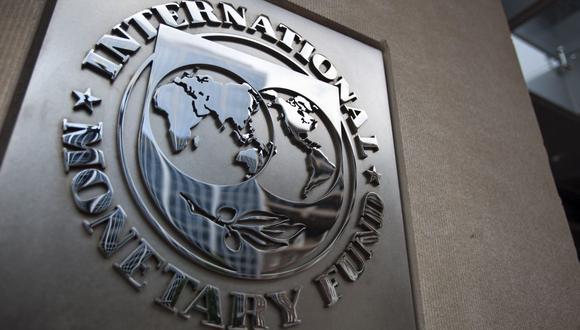
The International Monetary Fund (IMF) reported that Latin American currencies have fallen 5% against the US dollar in net terms so far this year, even after the partial recovery recorded in recent weeks.
The report “Currency Developments in Emerging Markets and Their Implications for Financial Stability,” published on the IMF blog, notes that the decline in emerging markets in Asia was 4%, while the depreciation of currencies in Central and Eastern Europe and Africa “has been milder.”
For the multilateral organization, it is important to analyze whether new depreciations could have negative consequences for financial stability. For the sample, the central banks of Peru, Brazil, Mexico, Colombia and Chile were used as a reference for Latin America.
He explains that, while the reference rates in these markets have been de-escalating as inflation moderates – these rates are always above the US benchmark – the FED has apparently abandoned its intention to implement further rate cuts so far in 2024.
“Inflation in most major emerging markets is forecast to moderate further to within target ranges, allowing for monetary policy easing in the near future,” warns the paper, prepared by Tobias Adrian, Fabio Natalucci and Jason Wu.
The problem, then, is that while rates in the US remain static, in emerging regions such as Latin America they continue to decline sharply or, as the IMF mentions, in a “soft landing” scenario with growth forecasts for emerging markets in the order of 4.3% for this year.
Of course, if interest rates do not decrease in North America, the dollar will also be strengthened, and with it the currencies in the region will be weakened. Thus, we have two scenarios: interest rates that are less and less differentiated between the US and Latin America, but a dollar that is becoming increasingly stronger against other currencies.
“The last six months have highlighted the importance of the interest rate differential as a determining factor in the exchange rate. Currency devaluation can occur even in countries with solid economic prospects“because what matters most is the relative level of interest rates,” the report said.
IMF: Currency Interventions in Latin America?
The IMF notes that, in an uncertain global context, with markets increasingly sensitive to economic data releases, central bank announcements and political uncertainty in some major economies, exchange rate volatility could experience an unexpected spike.
“This could put emerging market policymakers in a potentially difficult position to decide between stabilising domestic conditions or resisting external pressures,” he said.
What to do about it? According to the IMF’s integrated policy framework, the entity explains, if the pressures continue to increase, “it may be necessary to make full use of economic policy tools.”
“For example, although they may not be justified in most scenarios, foreign exchange interventions can be used to prevent excessive volatility,” the agency said.
He also said that if the situation deteriorates into an imminent crisis, “it may be necessary to resort to capital flow management measures as part of a broader policy programme to alleviate outflow pressures.”
Source: Larepublica
Alia is a professional author and journalist, working at 247 news agency. She writes on various topics from economy news to general interest pieces, providing readers with relevant and informative content. With years of experience, she brings a unique perspective and in-depth analysis to her work.












